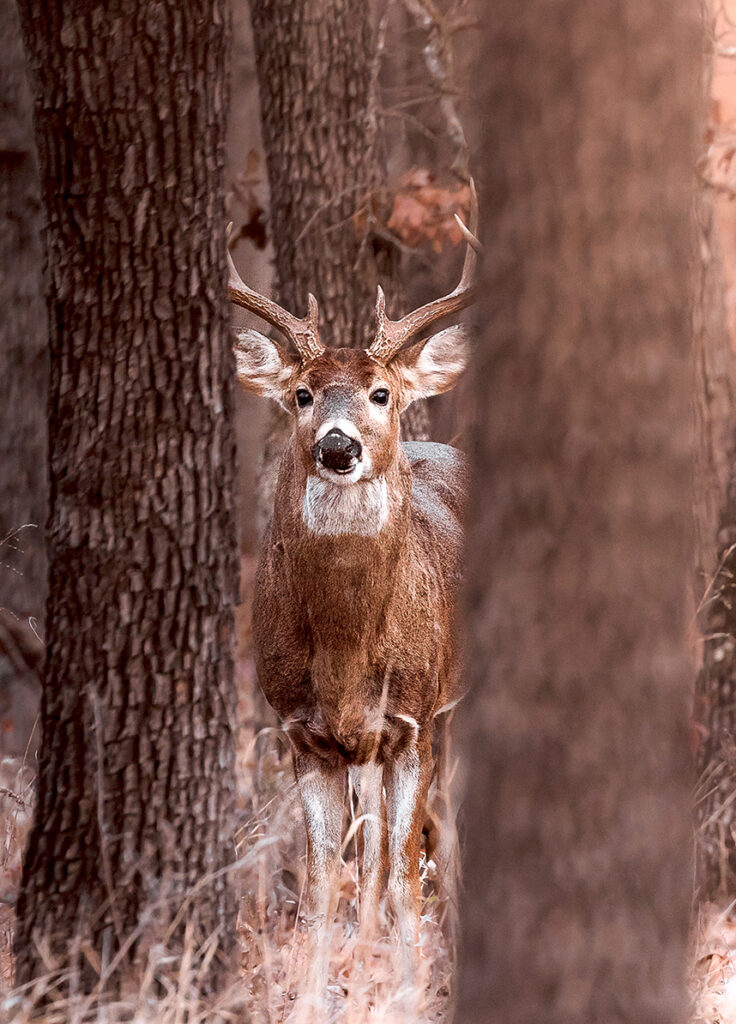Dawson Bland has been fascinated with the beauty of the natural world since childhood and has been honing his craft as a wildlife photographer for the past six years. At just 23, he has been published professionally and has amassed an impressive body of work. There is a gentleness and a feeling of honor for the subjects present in his work, resulting in arresting images—each a stirring and enduring love letter to the natural beauty of all things wild.
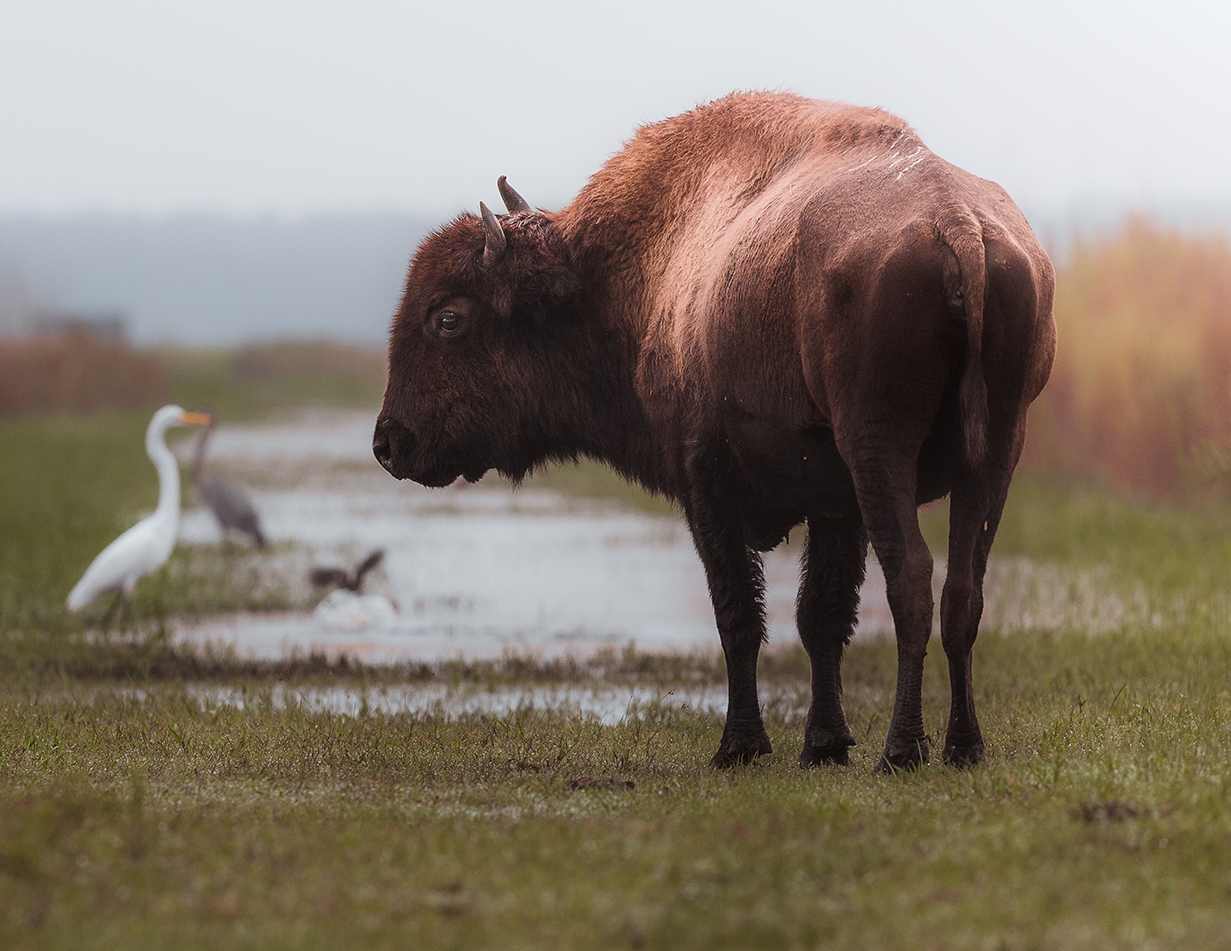
Dawson Bland is a quiet and thoughtful young man who grew up in Ocala, hiking, hunting and fishing with his father, grandfather and brother Hunter, who is a pro angler, a national boating safety advocate, ambassador to the Florida Boating Advisory Council and founder of the Not Finished Fishing apparel brand. Naturally, Dawson works as Hunter’s photographer and videographer, “capturing hundreds of hours of special content,” according to Hunter, including a recent interview for PBS’s Into The Outdoors series.
“Special” is also an apt descriptor of Dawson’s landscape and wildlife photos. While he was initially focused on taking portraits of his friends, he quickly found himself drawn to the spontaneity and accessibility of nature.
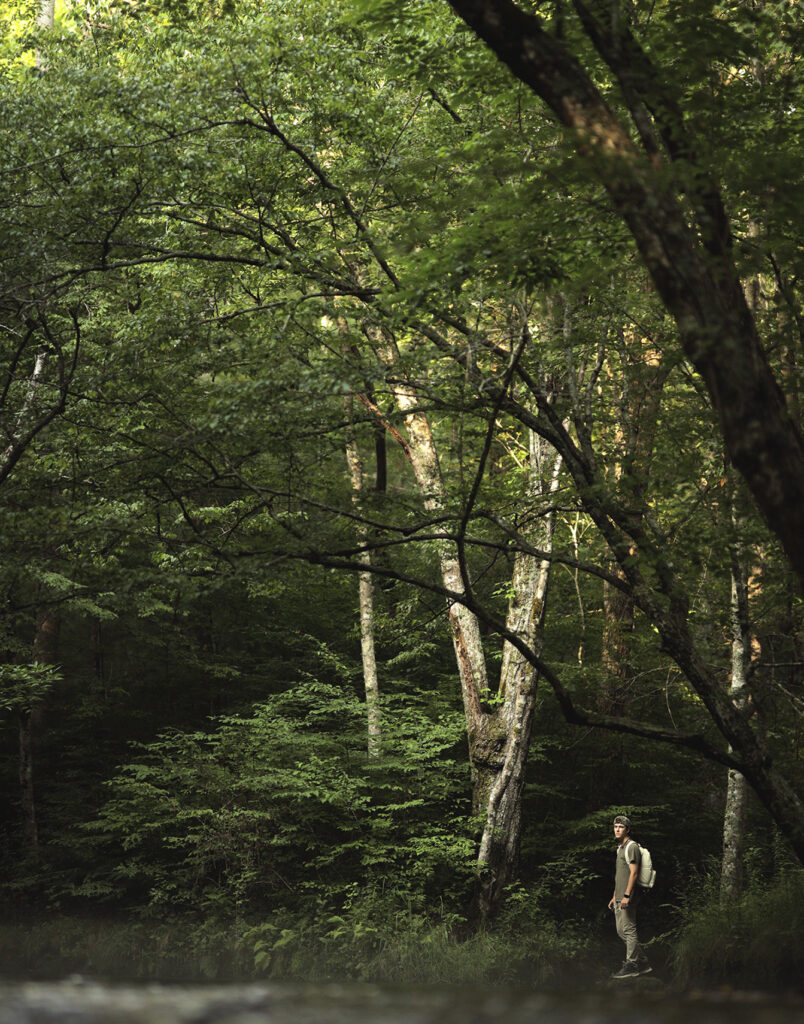
“I was bored one day, so I went out in my front yard and started taking photos of squirrels and birds. And then I went to the Cross Florida Greenway and saw a deer. I was like, ‘Well, this is awesome,’” he recalls. “When I go there, I’ll spend a couple of hours and it’s very rare that I don’t leave with a few great photos.”
Listening to the stories of his encounters is enough to inspire anyone to seek out a wildlife experience of their own.
“My friend and I heard there were bison in Paynes Prairie, so we went out there a few times trying to find them,” he shares. “One day we hiked into the heart of the prairie and saw hogs, turkeys and wild horses. We thought, ‘Are we ever going to see the bison?’ We were ready to turn around when we reached this giant open area with 30 to 40 bison. We were excited, but we sat down and just kind of gauged how they were acting. I didn’t want to get too close and have them get nervous, but I wanted a close-up I had in mind. I crawled on my hands and knees to get the shot. That’s probably my favorite experience. It was such a rush.”
Dawson says the danger of spooking an animal is something a lot of people don’t consider.
“These are wild animals and they’re very unpredictable, no matter how well you think you can gauge the situation,” he cautions. “A bison is a 1,000-pound animal that could just charge you at any minute—same with wild horses. Alligators are extremely quick. You definitely want to give them about 100 to 200 feet of space and do your best to keep them wild. Feeding animals is a terrible idea because then it patterns them to go up to humans for food, which is dangerous to the animal and to humans.”
If you want to try your hand at wildlife photography, he advises, the proper way to get close is with a long lens.
“Buy a camera body that you can take the lens off. A full frame sensor is kind of the biggest thing now. What you want to invest in is the longest and sharpest lens you can get, anywhere from 300 to 600 millimeters,” he offers. “The lens is definitely more important than the body. I like Canon because they have some of the best lenses on the market.”
When you go is also essential.
“The best time to see animals, especially deer, is in the morning and the evening, when they are feeding,” he explains. “In the morning, I get there right at sunrise and stay out as long as I can. In the evening, the best time to get there is about two hours before the sun sets.”
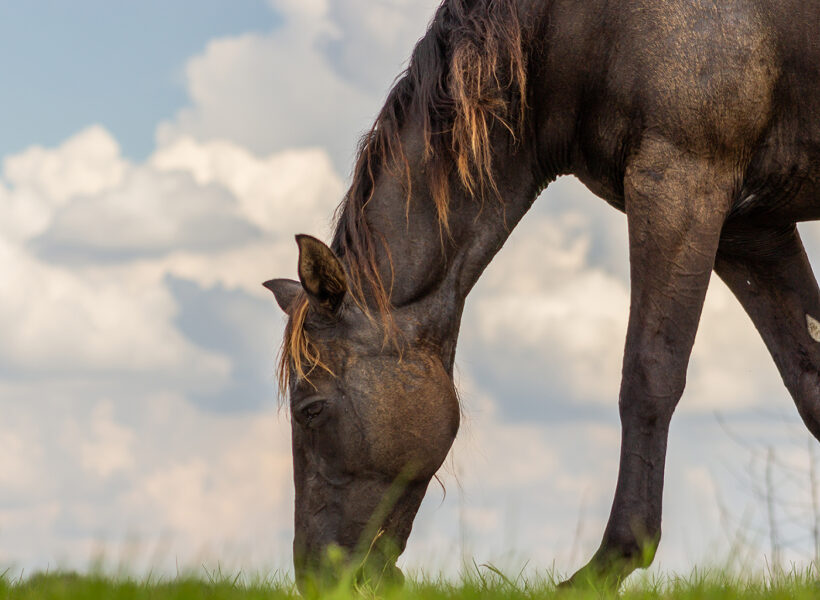
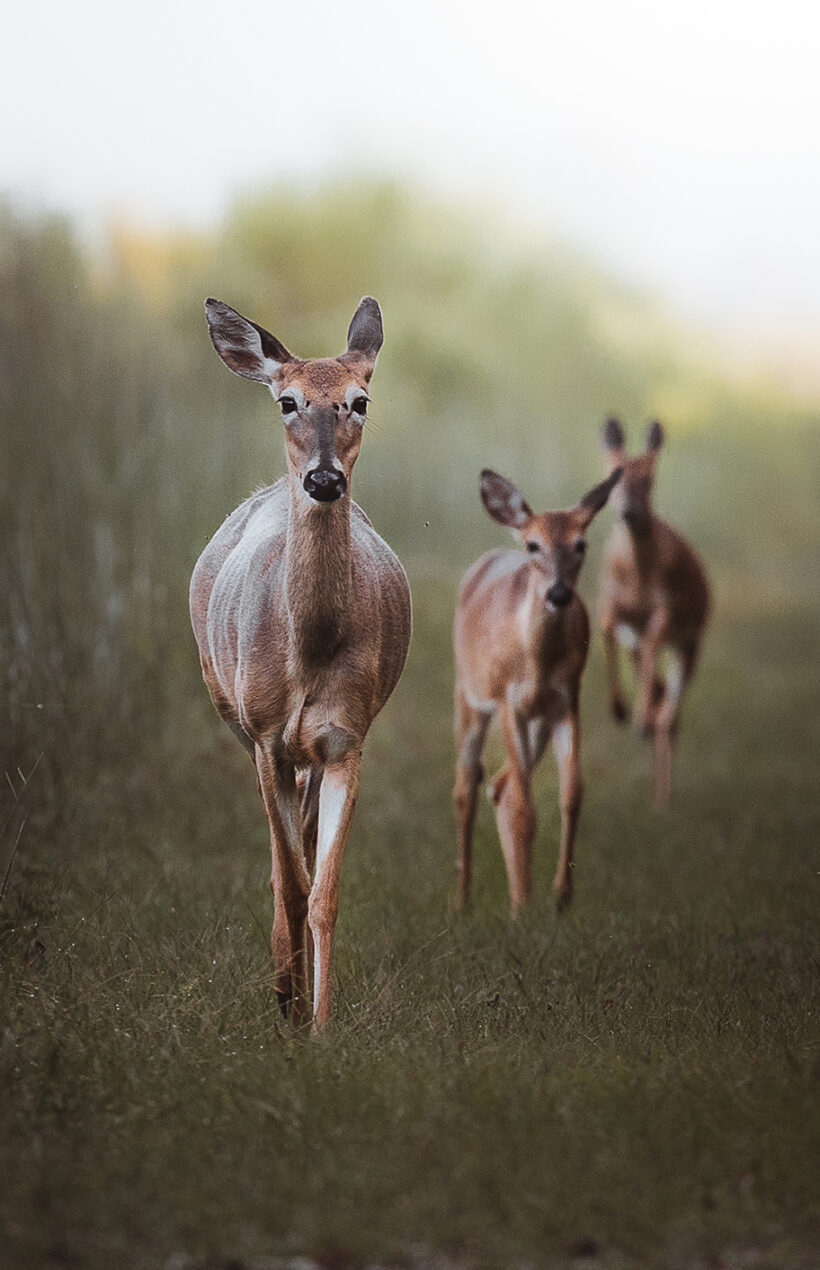
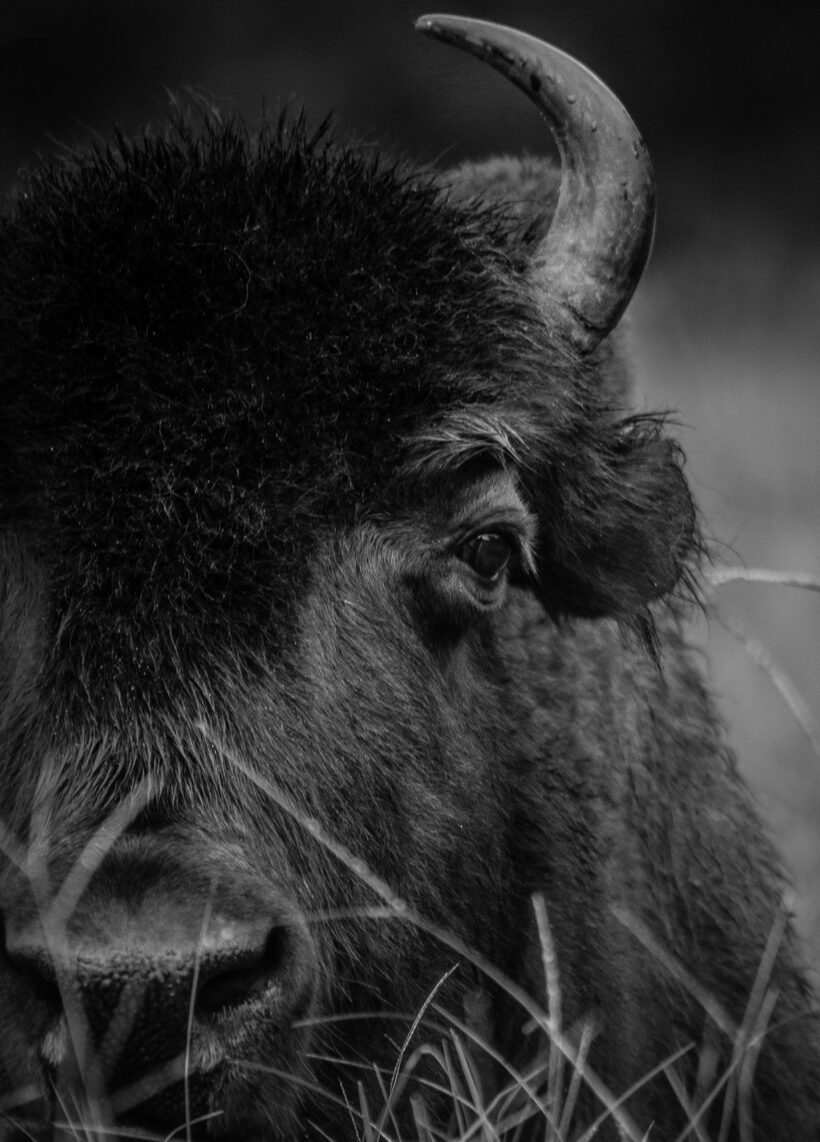
While just at the beginning of his career, Dawson dreams of one day having his work featured in the publication that represents the gold standard for wildlife photographers.
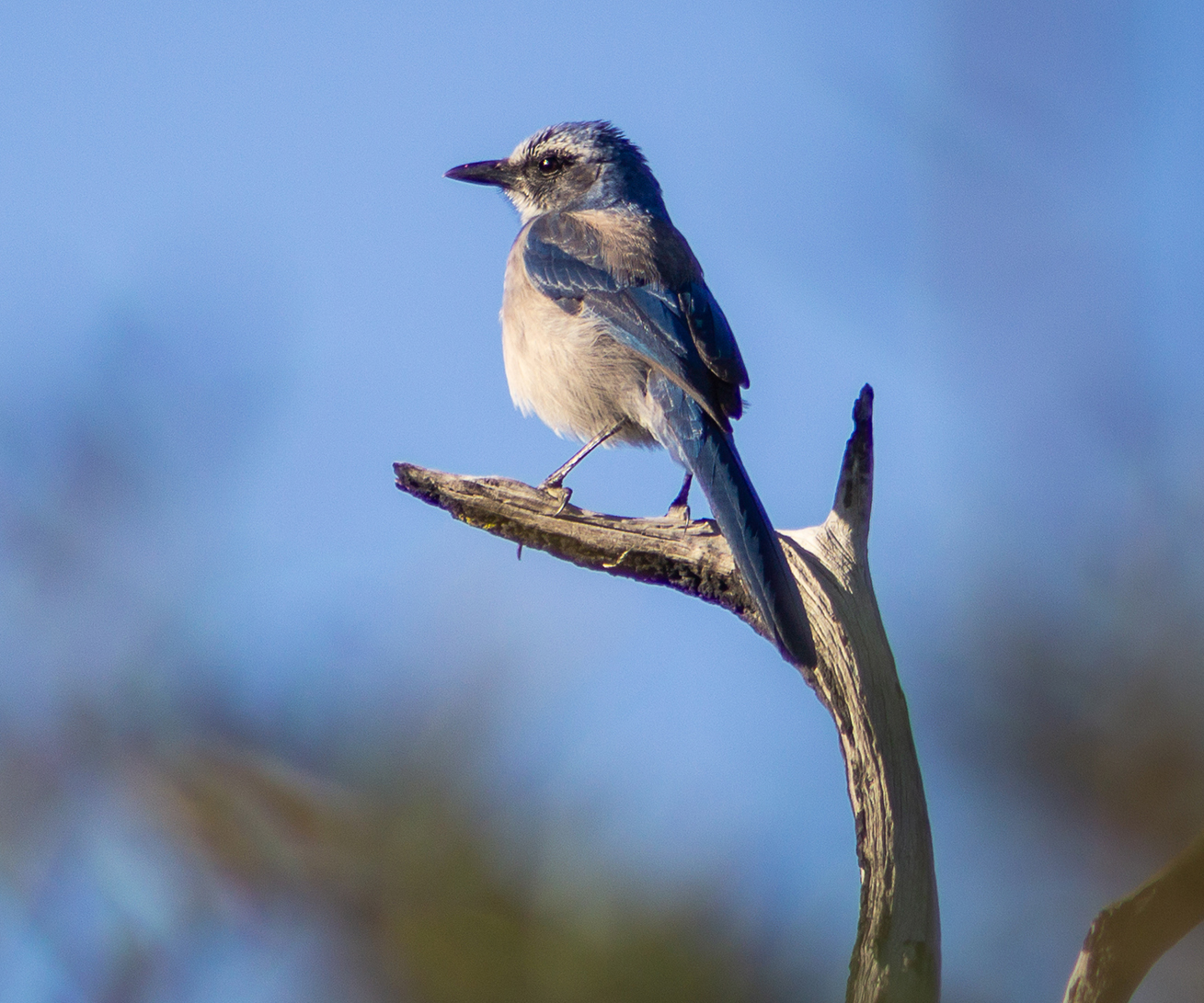
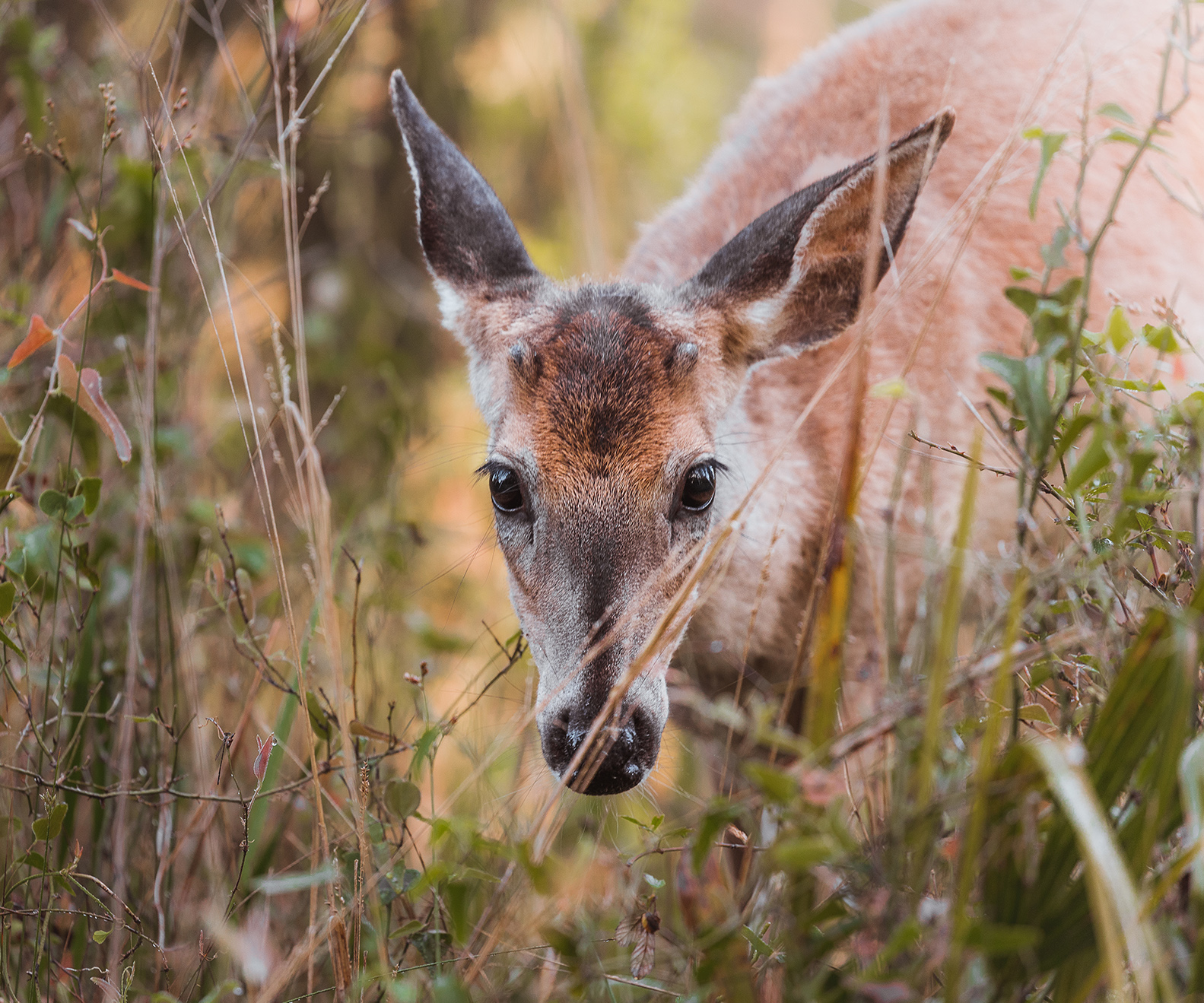
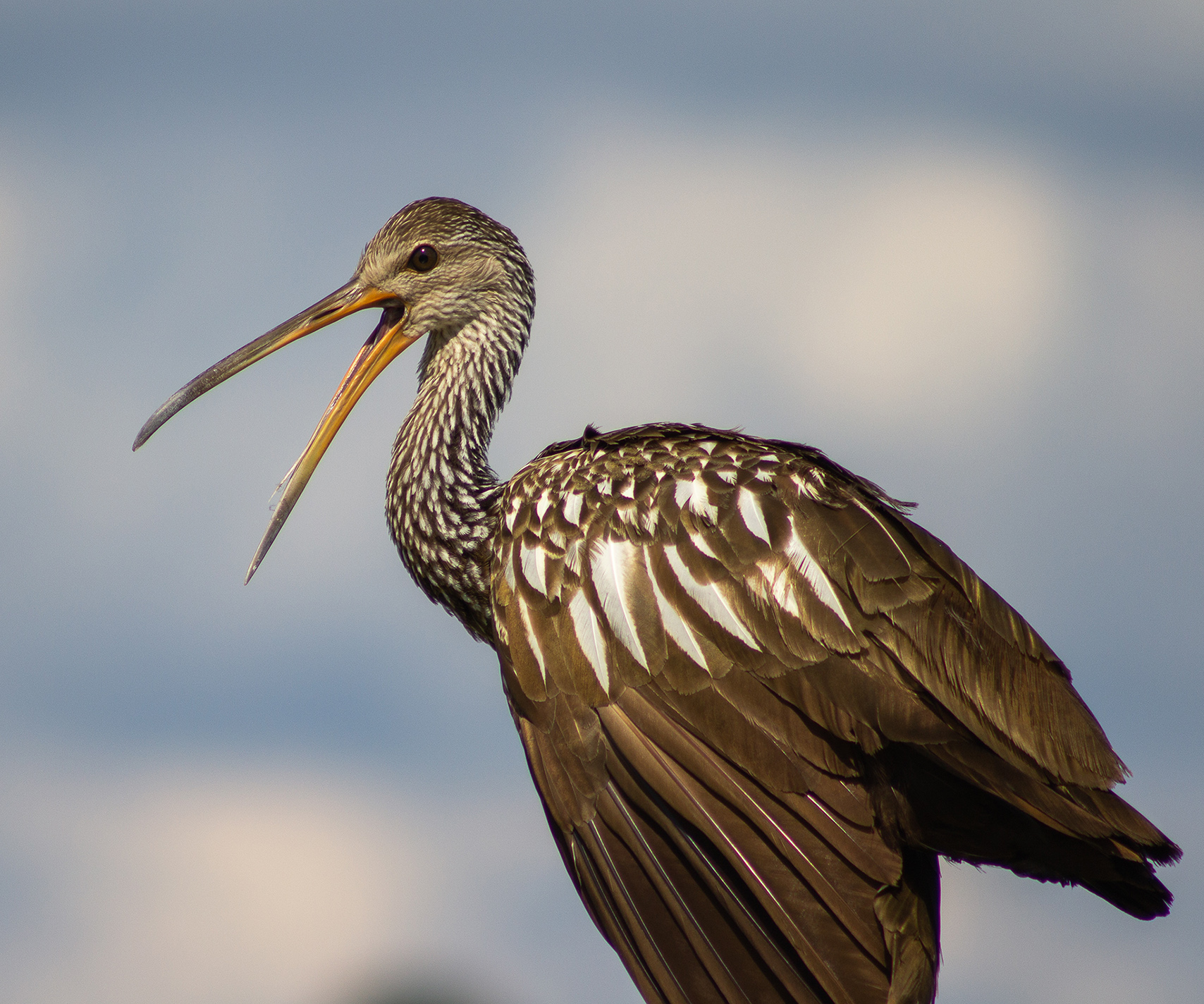
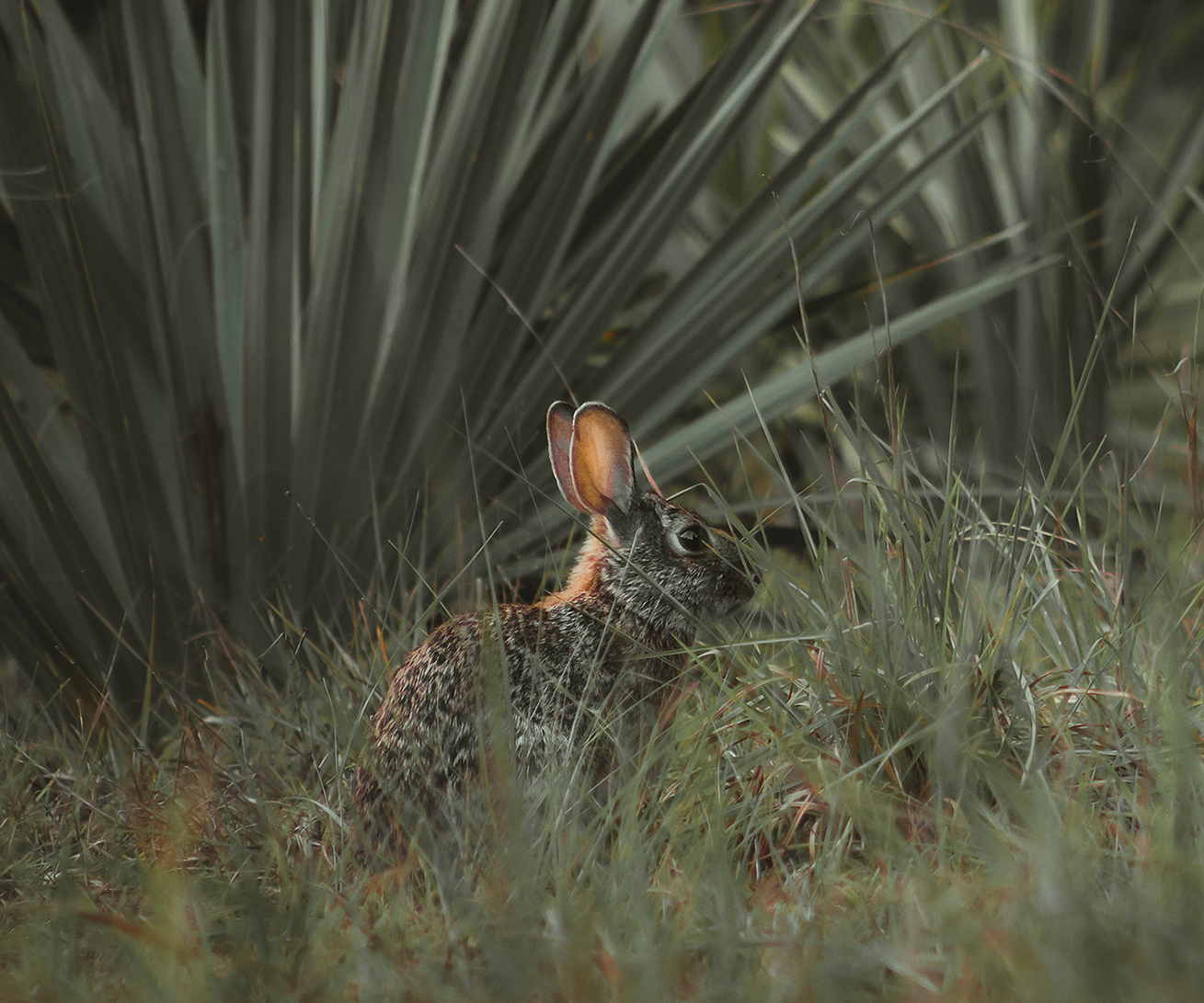
“The dream job is National Geographic,” he shares. “That is the ultimate goal. In the meantime, I have smaller goals, like selling my first print and finding a way to make photography my full-time job, so I can do what I love every day.”
His passion for the great outdoors also includes hunting, which he admits confuses some people.
“My perspective behind hunting is not just killing, like a lot of people from the outside may think. I was raised with the idea that we’re doing it for a reason. One is that we’re providing our own food and that’s important,” he shares. “Secondly, especially with white-tailed deer, there is no real predator for them. So, if their population doesn’t stay in check, it grows wild and throws the ecosystem out of place. Hunters help keep the population in check, which is better for all the animals. Hunters probably have the most respect for animals, even though it may not make sense because we’re taking its life. After I killed the biggest deer I ever had, I bawled my eyes out because I was proud that I finally did it and that it was going to be used for good things. But I get just as much of a thrill being surrounded by the animals when I’m hunting for them with my camera as when I’m hunting for them for food.”
Another great passion of his also gets him up close and personal with the great outdoors.
“I play a lot of golf. There are a lot of courses that are almost like nature preserves. The Country Club at Silver Spring Shores, whoever designed that course wanted you to feel like you were playing in the middle of the woods, surrounded by nature,” he explains. “There’s Juliette Falls in Dunnellon, which is beautiful and pristine with more of a Florida feel to it because you have these waste bunkers that are made of coquina shells and this sandy pine habitat, which is beautiful. Streamsong in Bowling Green is probably my favorite place to go. It’s like a real golf destination. It’s soothing to the soul essentially. In Daytona Beach, there’s the LPGA International and they have a course that literally weaves in and out of an Audubon sanctuary. Everything that’s not the golf course is a sanctuary for birds and wildlife.” OS
To learn more, visit Dawsonbland.com
